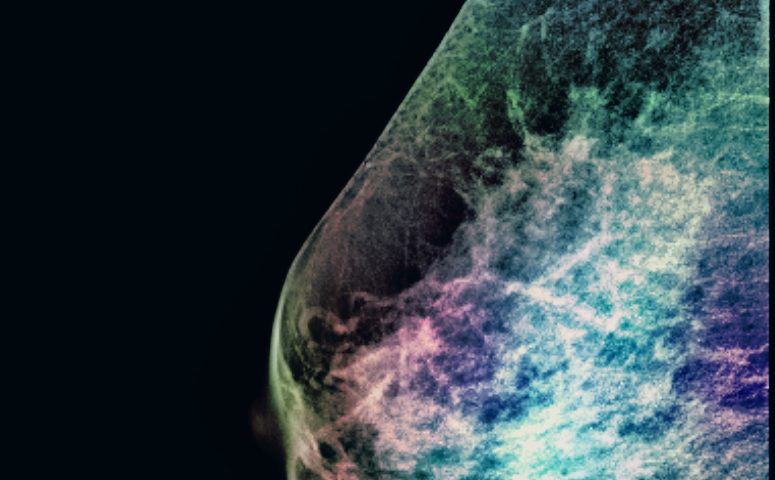Researchers, funded by the European Union, have developed a technique to spot breast tumors that are difficult to detect and diagnose, and are frequently missed by current technology.
Breast cancer survival rates have improved over the past 30 years. Early detection through screening, increased awareness, and improvements in treatment strategies all have contributed.
But diagnostic methods still face some challenges.
Mammography, one of the most common screening methods, still fails to detect 10 to 25 percent of tumors — mainly because of dense breast tissue — and cannot differentiate malignant and benign tumors.
Magnetic resonance imaging (MRI) is the most sensitive technique available for the diagnosis and accurate positioning of tumors. With MRI, breast lesions “light up” after the injection of contrast agents, due to the increased levels of blood vessels associated with cancer.
MRI helps distinguish benign and malignant tumors and detect cancer in dense tissues, often revealing lesions that are hidden to mammography.
However, some breast lesions that do not seem to occupy space in three dimensions — called non-mass-enhancing lesions — have subtleties that are difficult to detect. This represents a challenge for radiologists, as well as diagnosis and detection systems such as Breast Imaging-Reporting and Data System (BI-RADS), which help reduce human error.
Researchers in MAMMA, a European Union-funded project, developed software with algorithms to help detect those diagnostically challenging lesions and determine with more specificity and sensitivity whether or not they are malignant.
Those algorithms were based on improved spatial and temporal descriptors to capture the shape and contrast-enhanced behavior of that type of lesion.
The team also used radiomics, an approach that extracts many quantitative imaging features from diagnostic medical images and uses it to build descriptive and predictive models relating image features to types of tumors. It has been used to improve cancer detection, predict tumor development, and determine treatment.
The new technique was validated in three experiments, showing a substantial improvement in diagnostic accuracy and efficiency.
“Integrated in a radiomics approach, the new spatiotemporal descriptors showed superior capabilities for the detection and diagnosis of diagnostically challenging lesions compared to the standard BI-RADS descriptors,” Anke Meyer-Baese, the project’s coordinator, said in a press release.
Not only does the new technology have the potential to detect tumors that might otherwise be missed, but it also can help to prevent over-diagnosis, unnecessary treatment, and patient anxiety.
“This technology can save lives, reduce misdiagnosis and improve the quality of life for millions of women worldwide,” Meyer-Baese said.
She said the technology might eventually be applied to other cancers, such as prostate cancer.

